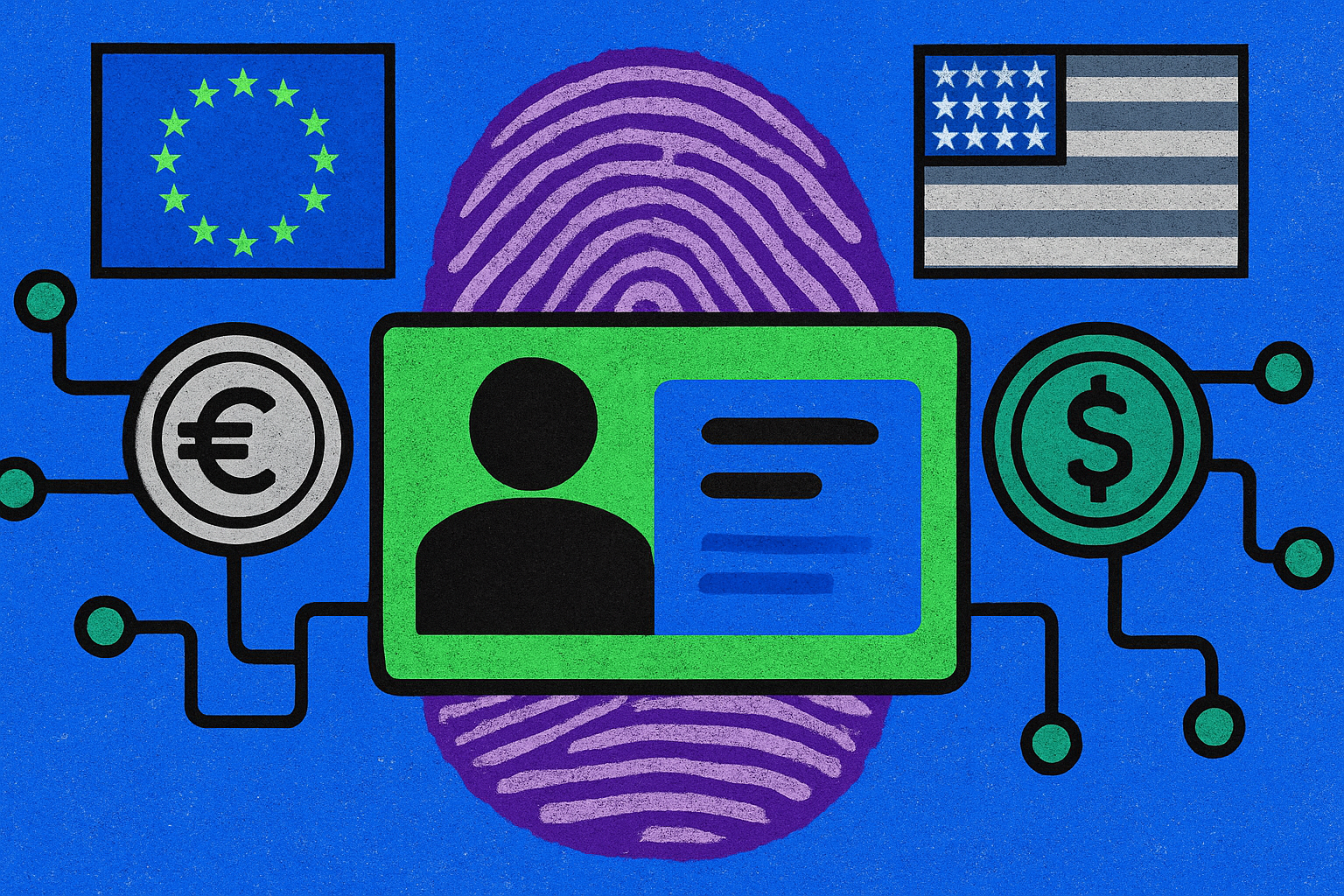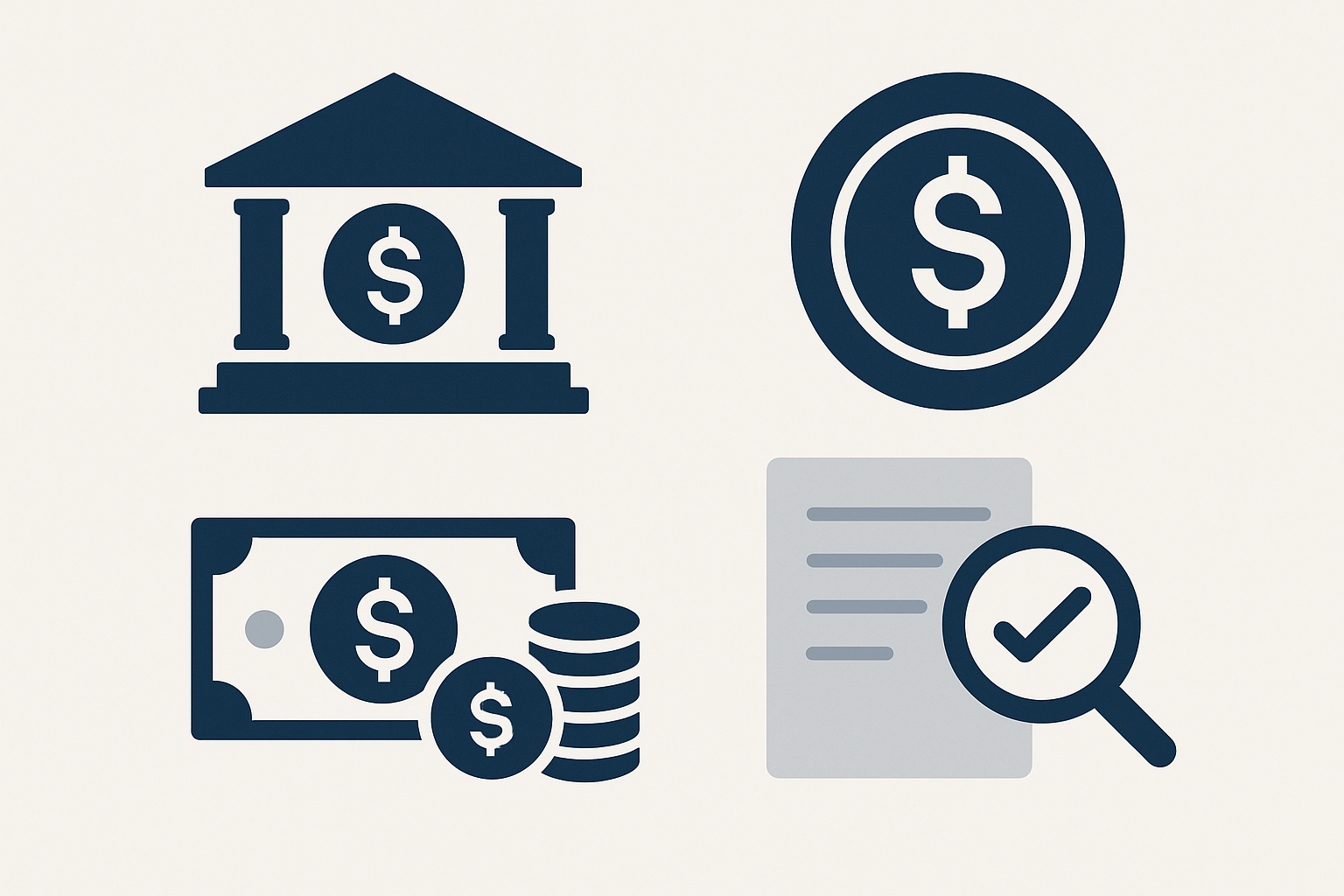
Stablecoins have been a regulatory gray area in the US for years, but the passage of the GENIUS Act in July 2025 has fundamentally changed the landscape. This landmark legislation introduces a robust federal framework for stablecoin issuers, aiming to balance innovation with consumer protection and financial stability. If you’re a legal professional, crypto founder, or compliance manager, understanding these new rules is no longer optional – it’s mission-critical.
![]()
Who Can Issue Stablecoins Under the GENIUS Act?
The GENIUS Act draws clear lines around who can issue payment stablecoins in the US. Only three categories of entities are eligible:
- FDIC/NCUA-Insured Bank Subsidiaries: Traditional banks and credit unions already under federal supervision.
- Licensed Nonbanks: Fintechs and other nonbank companies that secure specific state or federal licenses.
- Qualified Foreign Issuers: Overseas firms that meet rigorous US standards and receive Treasury approval.
If you’re an anonymous or decentralized protocol, you’re on notice: the law prohibits unlicensed issuance of payment stablecoins after a three-year transition period. Attempting to skirt these requirements can result in civil penalties up to $100,000 per day, with additional liability for anyone knowingly participating in violations (Latham and Watkins LLP).
Licensing: Fast-Track Approvals and State/Federal Divide
The application process is designed for speed but demands precision. Once you submit your application to a state or federal regulator, they have 120 days to decide. If they don’t act in time, your application is automatically approved – an unusual feature meant to prevent bureaucratic gridlock (cbh.com). For smaller nonbank issuers (under $10 billion in stablecoins), there’s flexibility to opt into state-level regulation rather than going fully federal – a nod to ongoing debates over states’ rights versus national oversight.
Key Steps to Become a Permitted Stablecoin Issuer (PPSI)
-
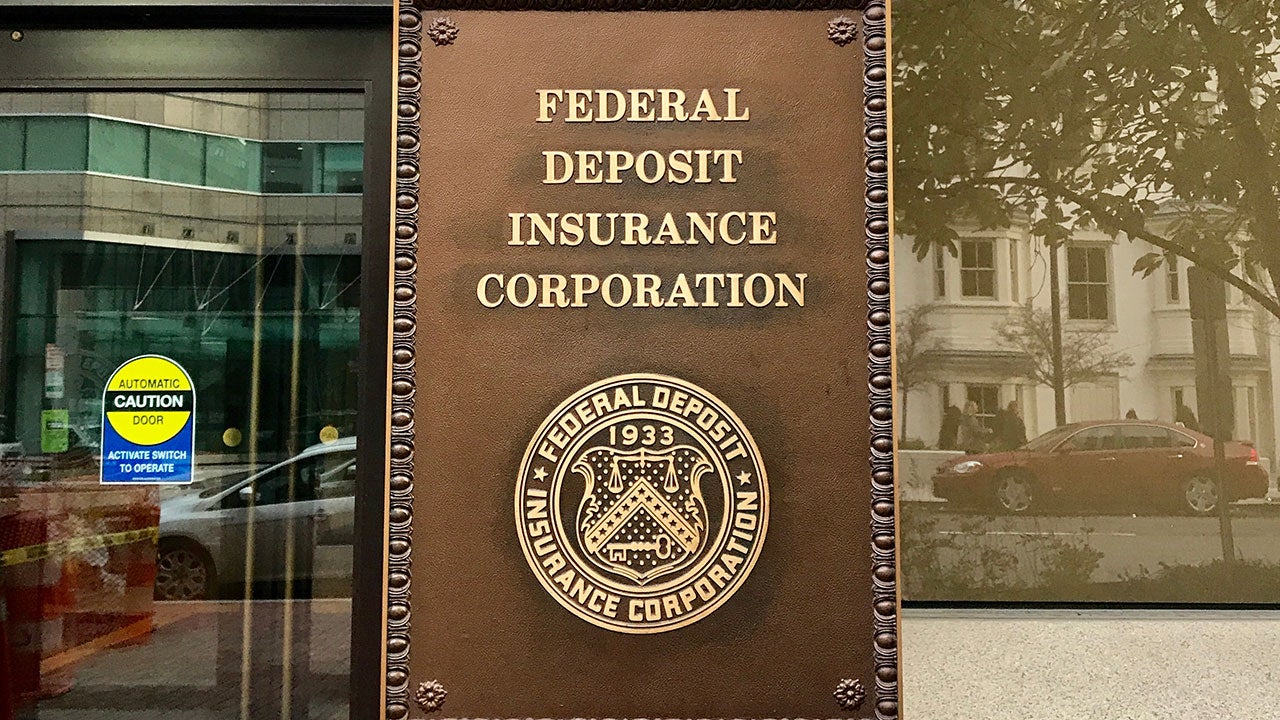
Determine Eligibility: Confirm your entity qualifies as a subsidiary of an insured depository institution (such as an FDIC-insured bank or NCUA-insured credit union), a nonbank institution eligible for state or federal licensing, or a qualified foreign issuer approved by the Secretary of the Treasury.
-
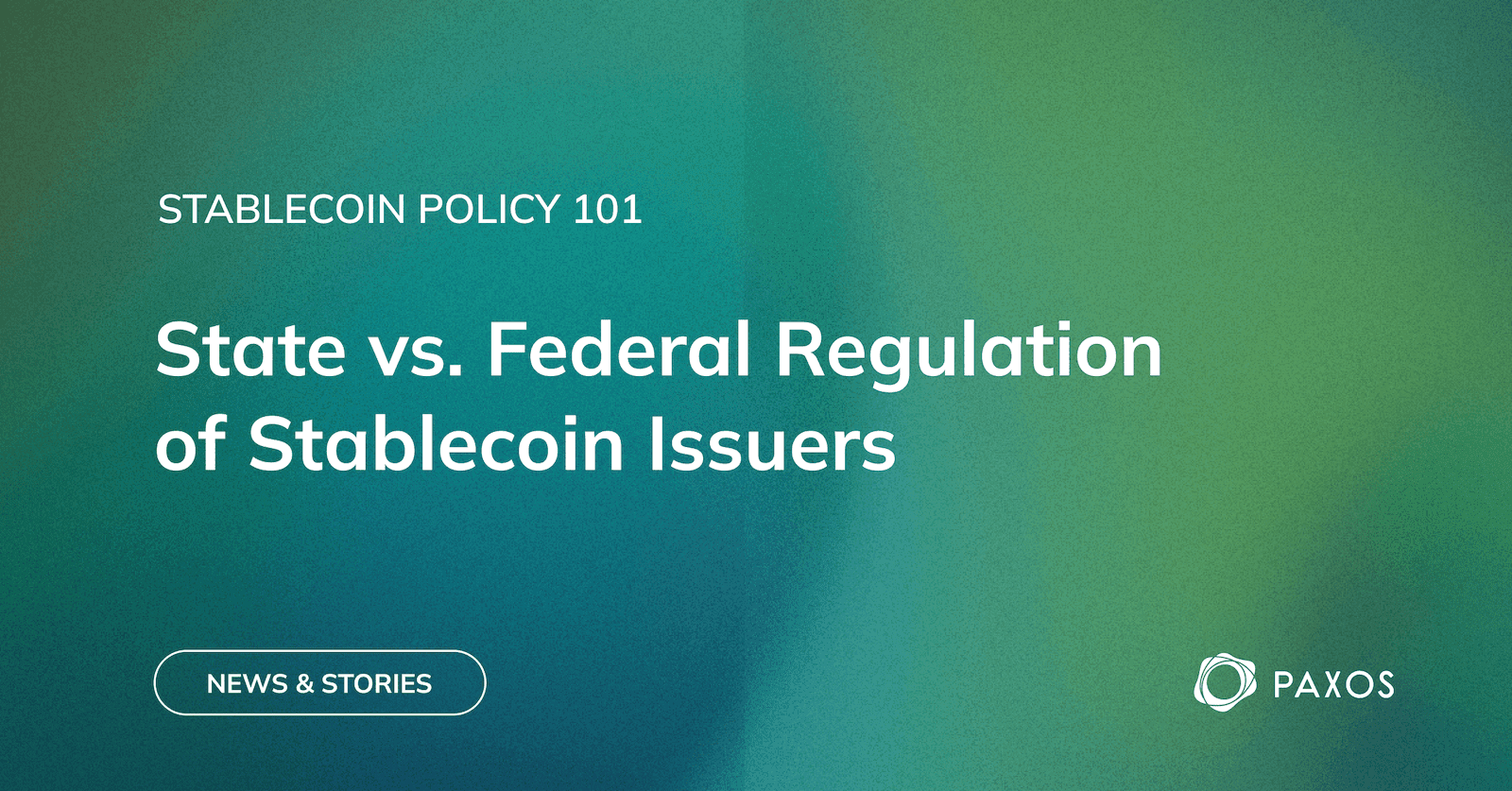
Prepare and Submit a Licensing Application: Apply to the appropriate state or federal regulator (e.g., the Office of the Comptroller of the Currency or a state banking department) with all required documentation, including business plans and compliance policies.
-

Establish 100% Reserve Backing: Set up segregated, bankruptcy-remote accounts holding reserves in U.S. dollars, short-term Treasuries, overnight repos, demand deposits, or registered government money market funds—no crypto or commercial paper allowed.
-
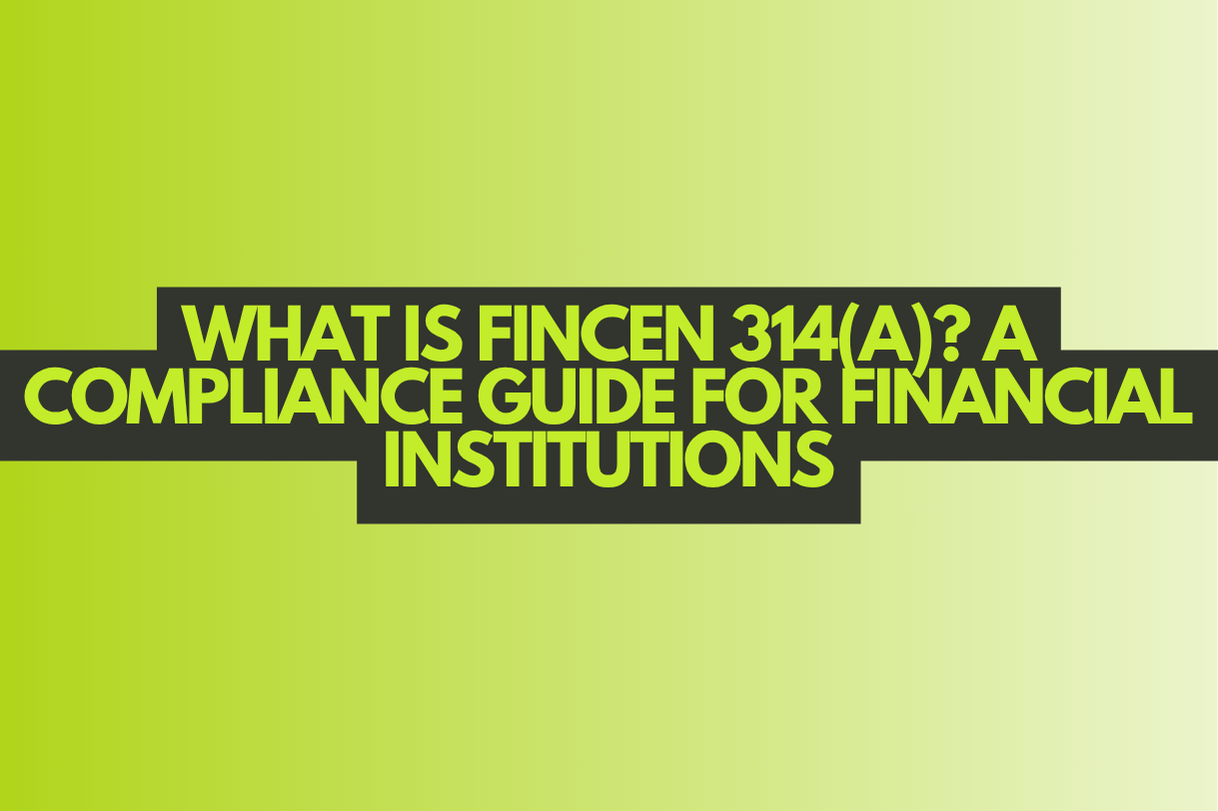
Implement Robust AML and Sanctions Compliance: Develop and maintain a Bank Secrecy Act-compliant anti-money laundering (AML) program, conduct customer due diligence, and establish processes for reporting suspicious activity to FinCEN.
-
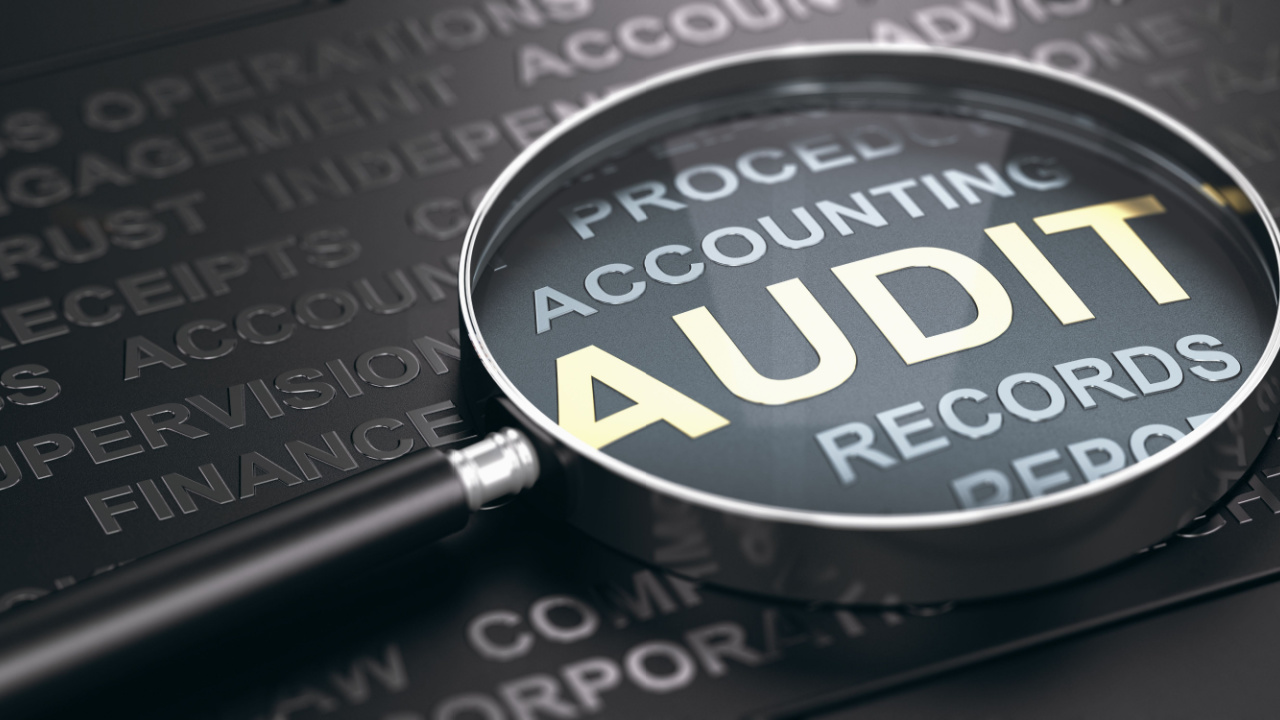
Meet Disclosure and Audit Requirements: Arrange for monthly public disclosures of outstanding stablecoins and reserve composition, obtain third-party attestations from independent accounting firms, and—if issuing over $50 billion—conduct annual PCAOB-standard audits.
-
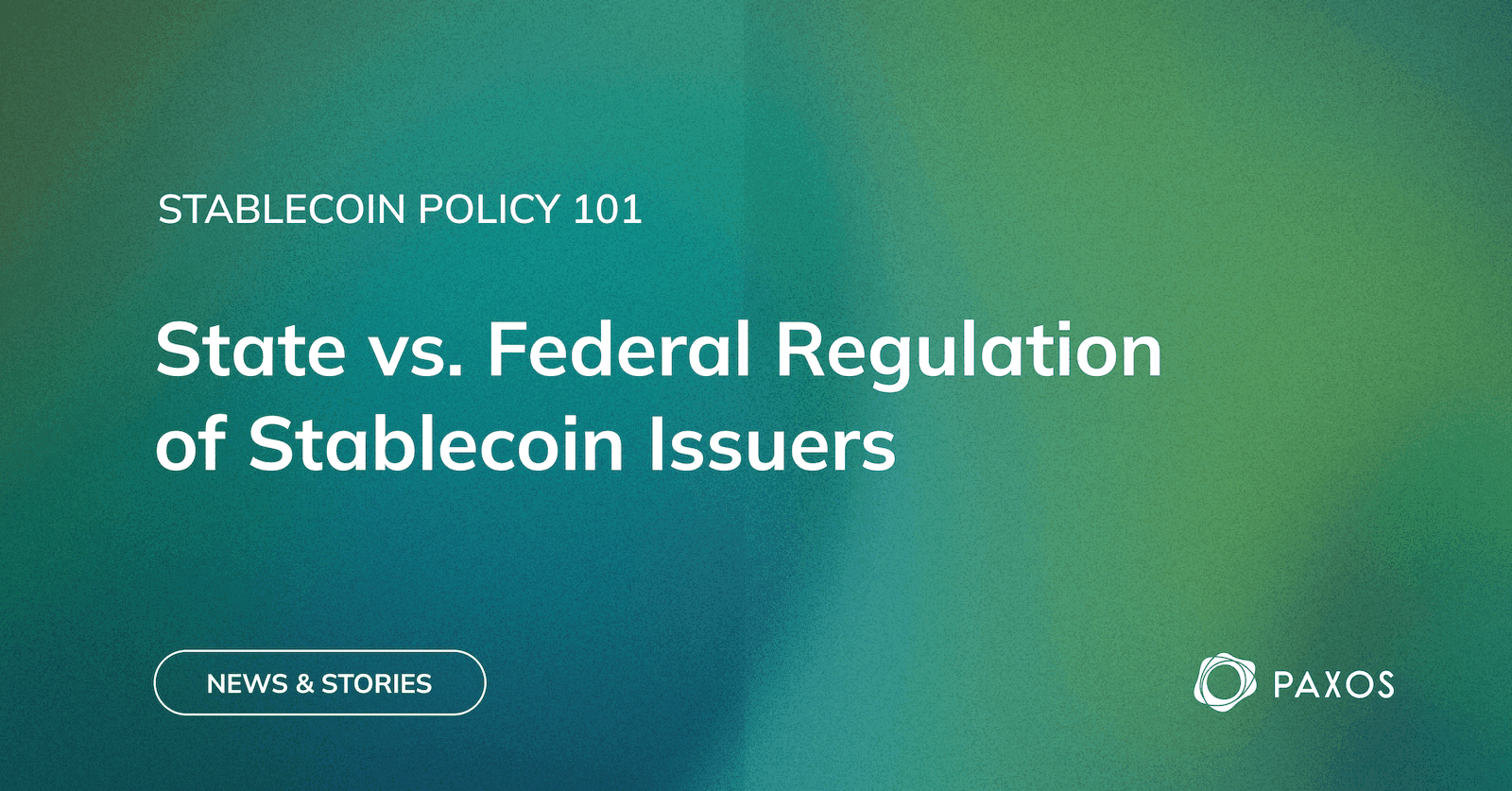
Ensure Consumer Protection Measures: Structure reserve accounts so that stablecoin holders have priority claims in the event of bankruptcy, as required by the GENIUS Act.
100% Reserve Backing: What Counts as “High-Quality Liquid Assets”?
This is where things get strict. Every payment stablecoin must be backed on a one-to-one basis by reserves held in bankruptcy-remote accounts. But not all assets are welcome:
- What’s allowed? U. S. dollars and coins, short-term Treasury bills, overnight repos, demand deposits, and shares of registered government money market funds.
- Banned as reserves: Commercial paper, algorithmic mechanisms (no more Luna-style blowups), other cryptocurrencies – basically anything that isn’t ultra-liquid and low-risk.
This approach is designed to prevent contagion risk and ensure that stablecoin holders can always redeem at par value without delays or losses (cbh.com). Reserve assets must be kept separate from company funds so that if an issuer fails, customers’ money isn’t swept into bankruptcy proceedings.
The New Era of Transparency: Audits and Public Disclosures
The GENIUS Act puts transparency front-and-center. Issuers face rigorous obligations:
- Monthly public reports: Detailing outstanding stablecoins and reserve composition.
- Third-party attestations: Independent accountants must review these monthly disclosures.
- PCAOB-standard audits: Required annually for large issuers (over $50 billion outstanding).
This level of scrutiny aims to restore trust after previous high-profile failures in the sector. Consumers will be able to verify – not just trust – that their digital dollars are truly backed by safe assets (arnoldporter.com).
For compliance teams, these new audit and disclosure rules mean more than just paperwork. Monthly reporting and third-party attestations will require robust internal controls, automated data collection, and close relationships with independent auditors. If you’re used to the old days of “self-attestation, ” it’s time to level up your processes. The bar is now set by PCAOB standards for large issuers, so expect more scrutiny and less room for error.
AML, Sanctions, and Consumer Protections: No More Regulatory Blind Spots
Stablecoin issuers are now officially classified as financial institutions under the Bank Secrecy Act. That means comprehensive anti-money laundering (AML) programs, customer due diligence (KYC), sanctions screening, and suspicious activity reporting are all mandatory. If you’re a compliance officer, this is a seismic shift: you’ll need to implement systems that rival those of traditional banks.
But there’s also good news for consumers. In the event an issuer goes bankrupt, GENIUS Act stablecoin holders have first-priority claims on reserve assets. This is a significant departure from previous regimes where customer funds could get tangled up in bankruptcy courts or lost altogether. The law aims to ensure that stablecoins remain as safe and redeemable as advertised, even in worst-case scenarios.
GENIUS Act vs. Global Stablecoin Regulations
The US isn’t alone in tightening rules around stablecoins, compare the GENIUS Act with Europe’s Markets in Crypto-Assets Regulation (MiCA), which also demands full reserve backing but takes a different approach to licensing and risk management (The World Economic Forum). The GENIUS Act’s combination of federal preemption, strict asset requirements, and fast-track licensing sets it apart from both EU law and earlier US state-level frameworks.
For global firms eyeing the US market, understanding these differences isn’t just academic, it’s essential for cross-border compliance planning. Qualified foreign issuers can participate if they meet US standards, but decentralized projects without clear organizational structures are effectively locked out unless they centralize or partner with regulated entities.
What Comes Next? Implementation Challenges and Industry Impact
The next 12-24 months will be a stress test for both regulators and industry players as they adapt to this new framework. Expect growing pains: some projects will exit or migrate offshore rather than comply; others will invest heavily in controls, audits, legal reviews, and new partnerships to stay inside the lines.
Smaller nonbanks may still find opportunities by opting into state-level regimes if their issuance stays below $10 billion, but even here, expect states to harmonize their rules with federal standards over time (cbh.com). Meanwhile, consumer confidence could rise as transparency improves and redemption risks drop.
The bottom line? The GENIUS Act marks a new era for dollar-backed digital assets in America: clearer rules, tougher oversight, but also, finally, a path toward mainstream adoption that doesn’t sacrifice safety for speed.


